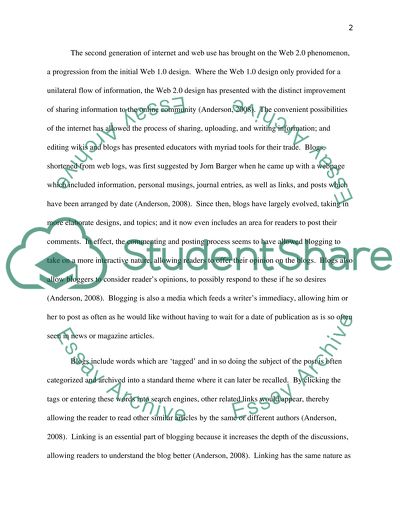Cite this document
(“Blogger (or the general idea of blogs).Learning with technology ( look Essay”, n.d.)
Retrieved from https://studentshare.org/education/1396628-blogger-or-the-general-idea-of-blogslearning-with
Retrieved from https://studentshare.org/education/1396628-blogger-or-the-general-idea-of-blogslearning-with
(Blogger (or the General Idea of blogs).Learning With Technology ( Look Essay)
https://studentshare.org/education/1396628-blogger-or-the-general-idea-of-blogslearning-with.
https://studentshare.org/education/1396628-blogger-or-the-general-idea-of-blogslearning-with.
“Blogger (or the General Idea of blogs).Learning With Technology ( Look Essay”, n.d. https://studentshare.org/education/1396628-blogger-or-the-general-idea-of-blogslearning-with.


